The new organisation will serve as a clearinghouse for developers, companies, and policymakers. And here’s the rest of the VR giants that joined
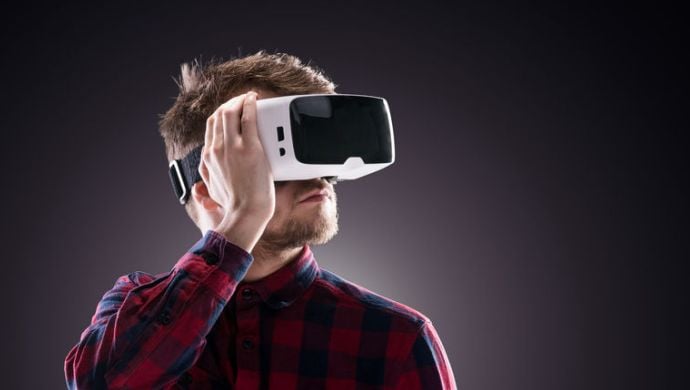
The world’s major virtual reality players have come together to form the Global Virtual Reality Association (GVRA) this week, with the mission “to promote responsible development and adoption of VR globally,” as well as “develop and share best practices, conduct research, and bring the international VR community together.”
StarVR, Google, Facebook’s Oculus, HTC Vive, Samsung, and Sony constitute the initial line up, which will make room for more companies as they express interest or bring products online. These players will make up the board members, as other companies will be able to join as regular members if they are “an international VR headset manufacturer committed to the association’s purpose of growing the worldwide VR industry and has its membership application approved by the Board.”
2016 is a big year for VR and AR, with the former market likely to top US$1 billion for the first time, according to Deloitte. Combined AR/VR market venue is expected to hit US$120 billion by 2020, with US$30 billion of this in VR and most of the overall value coming from hardware sales, reports Digi-Capital.
Also Read: China’s virtual reality investment is moving its focus from hardware to content
Below, we profile the six companies that came together to make this happen on Thursday.
1. StarVR
Acer and Starbreeze formed their joint venture in the industry, StarVR, earlier this year. The first batch of its eponymous headsets, based off a design pioneered in 2013 by a French company that Starbreeze acquired, shipped at the end of August. Full production will begin next year.

Image Credit: StarVR
To promote the new 5K device, especially its widely advertised ultra large field of view (at 210 degrees horizontal), the company has partnered with IMAX and Lionsgate Studios to make the devices available at select theatres. Acer also has plans to develop companion computers for the headsets.
Also Read: Want to watch your favourite shows in virtual reality? You may be able to, someday
2. Google
The Google Daydream smartphone VR system is the successor to the Google Cardboard platform, which was released in 2014 and sold over five million units. Although two years old, Google continues to release new content and tools for the platform, such as immersive view compatible with iOS as well as the standard Android setup.
The Daydream rollout is largely partner-centric, tailored for high-end phones like the Pixel, and working with HBO and Lego to bring forward new content. (Google had similar banner partnerships for the Cardboard system, like with Mattel and Volvo, but content has been coming out a lot more slowly for the Daydream.) It’s coming out in two holiday colors, crimson and snow, and that adds to the aesthetic appeal already engendered by its choice of fabric to cover the device, as opposed to just hard plastic.
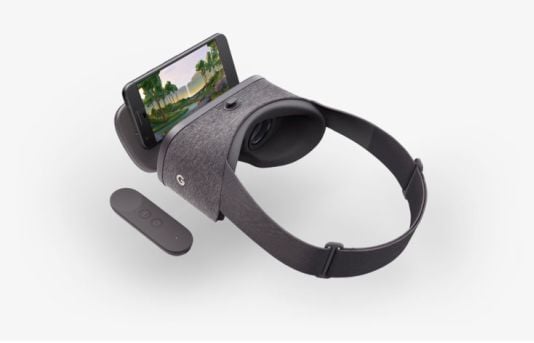
Image Credit: Google
Also Read: HTC and its stark future in virtual reality
Google has also invested in Magic Leap, to the tune of US$1.4 billion in total, as that company expects to launch its long-awaited AR product in 2017.
3. Oculus (and, what about Microsoft?)
The Oculus Rift debuted in 2012, and since then the company has gone on to be acquired by Facebook (for US$2 billion) in 2014. The move upset a number of game developers, including Minecraft, which has since opted to work with Microsoft instead.
Ironically, though, Microsoft actually demoed Minecraft VR on the Oculus Rift this year since it is still developing its in-house HoloLens. There is no word on whether the Redmond giant will be joining the GVRA, incidentally, but it is already selling a development edition of the HoloLens, which CNET reviewed and said isn’t yet ready for, “regular, non-developer people.” (Microsoft will have more reveal about its VR strategy in February 2017, at the Game Developers Conference.)
Also Read: Virtual reality arcades are booming in Shanghai
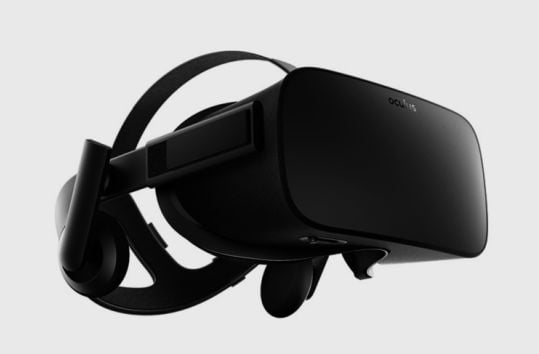
Image Credit: Oculus
Oculus is now rolling out hand controllers for the holiday season, which have received good reviews but, alas for consumers, sold like hotcakes: Orders placed now probably won’t arrive for Christmas, but a promotion on Amazon will encourage people who get the headset for then, or already own one, to add the Oculus Touch to their entertainment suite.
4. HTC Vive
Like Sony’s offering, the Vive is optimised for games, as it’s the product of HTC and Valve, the company that operates Steam and developed the Half-Life series, among other big titles over the years. Released in April, it has already managed to turn a profit. With a drop in smartphone sales, this was welcome news to executives and investors alike. Vive is also getting into the entertainment business, notably TIME, and also Google Earth.
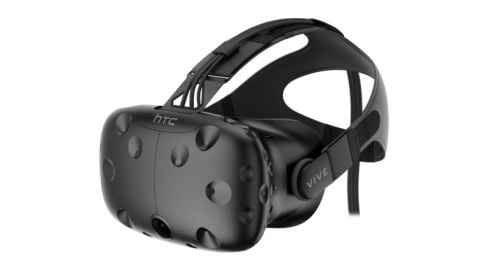
Image Credit: HTC Vive
It’s betting big on VR, too: HTC leads the Virtual Reality Venture Capital Alliance that, according to Road to VR, “represents more than US$10 billion in capital aimed at growing the VR industry.”
The system also comes in a complete package, unlike the Oculus and its stablemates, something that is a big plus for the holiday shopper.
Also Read: Virtual Reality has a place in our lives beyond entertainment value: AsiaVR’s Don Anderson
5. Samsung
Samsung has partnered with Facebook before to bring out the Samsung Gear VR for Galaxy-series smartphones, which have been sold commercially since 2015. Two million unit sales for 2016 are within reach for the company, gratifying news in a year filled with a lot of bad news for the Samsung brand. (The Gear VR has, fortunately for the company, received rave reviews.)
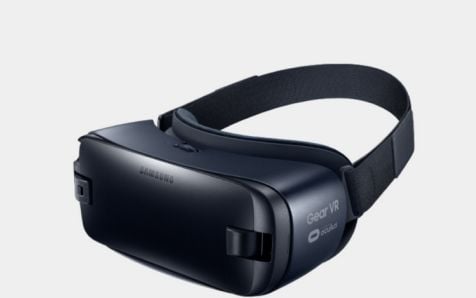
Image Credit: Samsung
The mobile powerhouse has developed a big stable of games to date, including arrangements with Cartoon Network, and is heavily pushing film, news, and TV viewing with Netflix and The New York Times. It is also working with Leap Motion to improve hand tracking technology, and according to Upload VR, has filed a new patent in South Korea for a system with, “Positional tracking, face mapping and eye tracking” advanced features that’d be new to the platform.
6. Sony
Sony’s VR product, released worldwide in October, is of course the most games-centric one, given that it’s for the company’s PlayStation 4 flagship, and its 4K “Pro” upgrade.
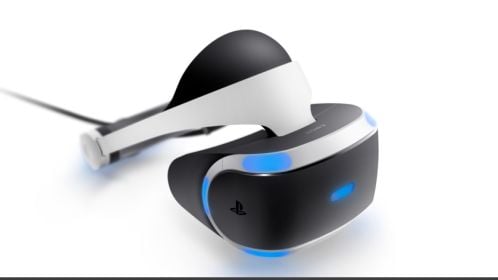
Image Credit: Sony
Sony is banking that, “It can potentially give Sony a big leverage in the non-casual VR games market,” reports VR Rebels, “should the total cost of a PlayStation VR setup be significantly lower than a VR-ready PC coupled with a PC VR headset.” Because it has an established line of content and developers to work with from the traditional video gaming business, it’s well-placed to create new titles and adapt older ones. (It’s already got a Star Wars tie-in.)
—
The article Google, Oculus, Sony launch Global Virtual Reality Association appeared first in Geektime.
Image Credit: halfpoint / 123RF Stock Photo
The post Google, Oculus, Sony launch Global Virtual Reality Association appeared first on e27.